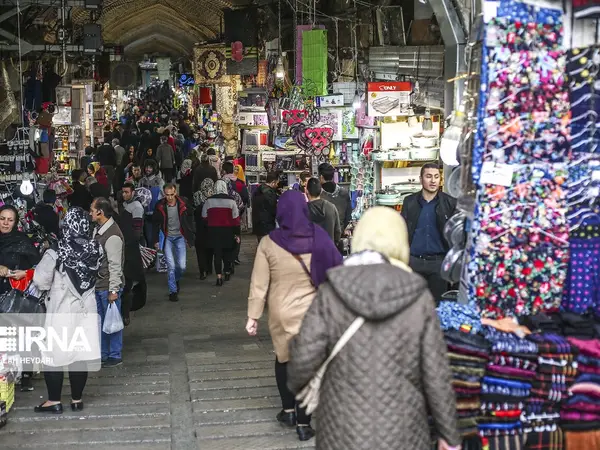Iran’s economy is facing significant medium-term internal and external risks, the World Bank’s Iran Economic Monitor (IEM) said in its latest report this month.
While domestically, “there is a risk of escalating social tensions and strikes in manufacturing,” externally, Iran faces “the possibility of an even weaker global demand for oil, a sharper decline in oil prices, and the intensification of US sanctions.”
The chances for more US sanctions, however, are low, as the Biden administration this month agreed to release around $9 billion of Iran’s frozen funds in Iraq and South Korea in a hostage release deal. The administration has not announced any new sanctions in the past 80 days, despite no change in Tehran’s foreign policy and regional behavior.
The IEM report says that less sanctions enforcement is one of the factors that can lower the mid-term risks to Iran’s economy, coupled with higher oil prices and more trade with China, which is its main oil customer.
“On the upside, a partial waiver of sanctions, or stronger ties with neighboring countries and China, could provide a boost to oil and non-oil growth,” the World Bank group said.
This assessment by the IEM was reflected in what the head of Iran’s Budget and Planning Organization, Davoud Manzour, stated on Sunday. “The difficult conditions imposed by sanctions as an external factor have cast a shadow over Iran’s economy,” he conceded.
“Ongoing economic sanctions, slowing global demand, and energy shortages drive the economic outlook. GDP growth is projected to remain modest in the medium term, with both oil and non-oil GDP underperforming due to ongoing sanctions and years of underinvestment,” the World Bank study pinpointed.
Although international organizations collect most of their data on Iran from government sources, which are often contradictory and less than reliable, but the IEM report overall did capture the serious weaknesses in the country’s governing and economic management systems.
Iran must undertake significant reforms to deal with multiple crises it faces, the IEM argued. “To ensure a sustainable growth rate in the face of multiple crises, significant reforms are necessary, including those on the fiscal side and the banking sector,” the report covering the spring and summer period concluded.
The report emphasized that the Islamic Republic needs structural fiscal reforms to balance expenditures with government revenues, specially amid continuing sanctions that directly impact the oil-dependent economy.
While the centralized and mostly government-controlled economy has muddled through with oil-export revenues for four decades, but structural issues have added up and made matters worse when in the past decade oil sanctions have reduced the government’s leeway to stay afloat.
The report, addressing these structural issues also mentioned the fragile banking system, mostly controlled by the government. “The banking system faces multiple and longstanding challenges including negative capital adequacy ratio and high non-performing loans.”
Iran International reported August 22, that Iran’s central bank has decided to dissolve several non-liable banks and savings and loan institutions. These institutions present an extra risk for a government that already relies on printing money to pay its bills. But dissolving a few banks or merging them with others does not solve the structural problems in the banking system, including political interference and opaque operations.
“Addressing these challenges requires enhanced bank supervision, the implementation of international regulations and best practices for asset classification, liquidity management, and internal controls,” the IEM added.





















